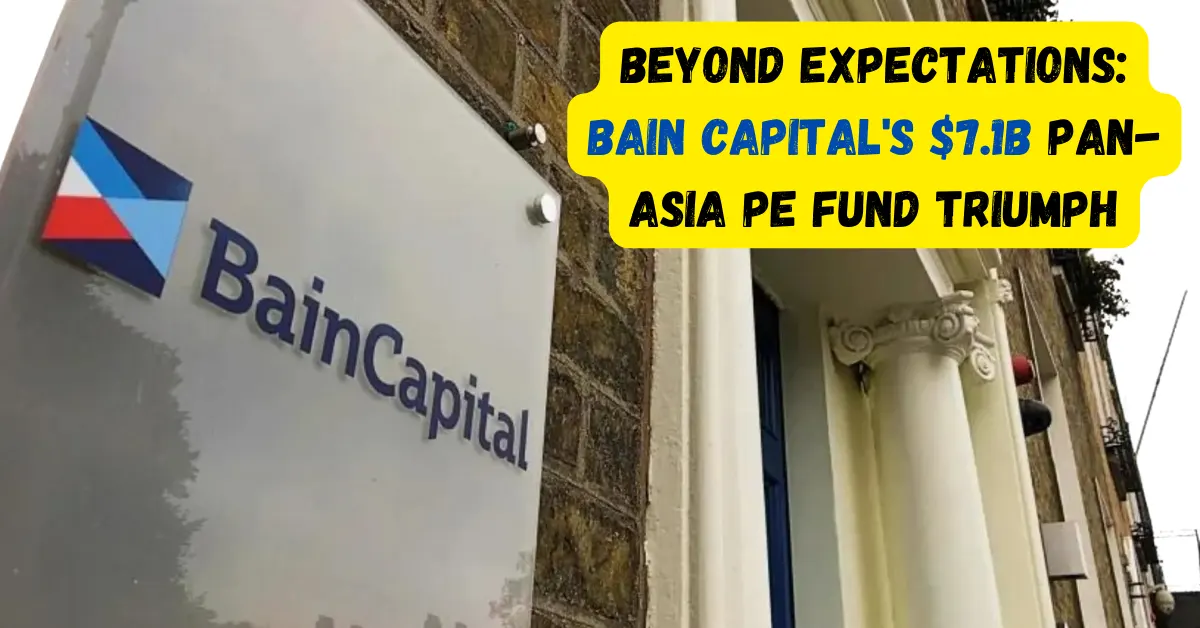
You Won’t Believe Their Secret
In the heart of New York, major U.S. banks are navigating through a shifting financial landscape. The latest reports from JPMorgan, Wells Fargo, and Citigroup reveal that higher interest rates have bolstered their profits, despite the economy’s gradual slowdown and signs of increased consumer caution.
The Profit Boost from Interest Rates
The profits of these banking giants have been on an upward trajectory thanks to higher interest rates. The U.S. Federal Reserve’s decision to raise interest rates has allowed these banks to charge more on loans while being cautious about raising deposit rates. In a world of finance where every fraction of a percentage point matters, this cautious approach adds to their bottom line.
Consumer Behavior: A Mixed Bag
Despite the promising numbers, consumers are displaying signs of caution. Savings are being gradually depleted as economic uncertainties loom. Citibank and Wells Fargo have both observed a rise in losses on credit cards and other debts. This shift in consumer behavior is attributed to the Fed’s aggressive monetary policy, which has made borrowing more expensive for individuals and businesses. In response, banks are adjusting by slowing the flow of credit and bolstering their cash reserves. This comes on the heels of the recent collapses of Silicon Valley Bank and two other lenders, which rattled the financial world.
Citigroup’s Perspective
Citigroup’s CEO, Jane Fraser, noted a significant deceleration in spending patterns among consumers. This observation paints a picture of an increasingly cautious consumer base. While the bank highlighted that delinquency levels are still relatively low compared to historical levels, they have set aside more funds to cover potential souring loans.
Wells Fargo’s Challenge
Wells Fargo reported a surge in charge-offs, or loans written off, in its credit card portfolio. Average commercial and customer loans dipped from the second quarter. Higher interest rates and a slowing economy have taken a toll on loan growth, as stated by Wells Fargo CEO Charlie Scharf during an analyst call. He emphasized that while the economy remained resilient, the impact of the slowing economy was evident through declining loan balances and modestly deteriorating charge-offs.
Regional Lender’s Conundrum
PNC Financial Services, a regional lender, reported a spike in consumer loan delinquencies. Bank executives across the board also reiterated concerns regarding new capital rules proposed in July, which could potentially constrict lending and lead to discontinuation of some financial products. However, the outlook isn’t as negative as initially feared.
JPMorgan’s Positive Outlook
JPMorgan Chase surprised with a more optimistic outlook. Their economists have revised their forecast for the economy in the early quarter, projecting modest growth for several quarters into 2024, rather than the mild recession previously anticipated. This positive shift influenced their decision to release net reserves of $113 million.
Lower Provisions for Bad Loans
On the brighter side, Citigroup and Wells Fargo both reported lower provisions for bad loans than analysts had expected. This news indicates that, despite the economic challenges, these banks are managing their risks well.
Conclusion
The major U.S. banks are standing strong in the face of a changing economic landscape. Higher interest rates have been a boon to their profits, but they are also closely monitoring the cautious behavior of consumers. While challenges exist, the banking sector seems better prepared than ever to navigate these uncertainties, offering hope for a brighter financial future.





